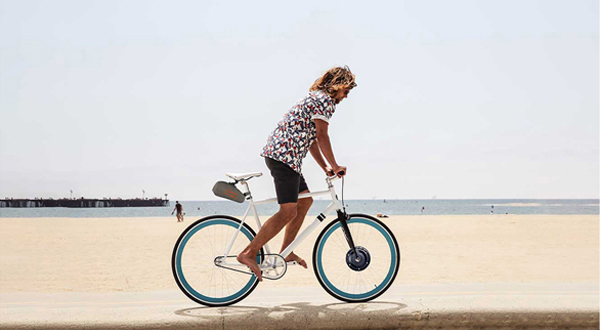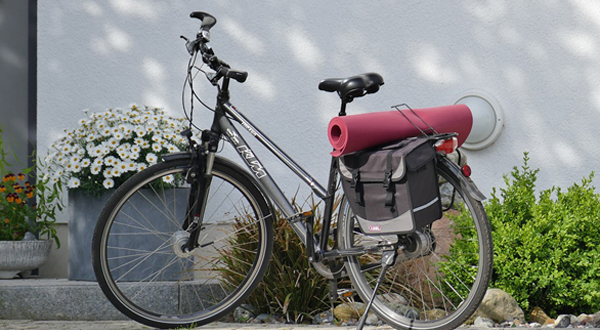What are the points to pay attention to when buying an electric-assisted bicycle?
Not long ago, when I just bought an electric assist bicycle, many friends mocked me for being lazy and cheating. Although the trend of electric assist bicycles had already swept through various European and American countries, becoming a must-have for commuting, in China, it was still a type of vehicle that was not well understood. The most common comments I heard were "I can ride a bicycle for exercise and drive or ride an electric bike for commuting," "Isn't an electric assist bicycle just a pedal-assisted electric bike?" and "Electric assist bicycles are not as fast as electric bikes and don't provide as much exercise as regular bicycles."-f19ac66fe8bd4f4499f24a5e598361ca.jpg)
However, with the increasing congestion and complexity of urban roads in my city, along with the growing restrictions on electric bikes, many friends started looking at electric assist bicycles. People often ask me about using electric assist bicycles for commuting, whether they are too bulky, and female friends who have always wanted to get into cycling but are concerned about keeping up with group activities due to their physical fitness. It is clear that there is a growing interest in electric assist bicycles. However, domestic electric assist bicycle brands are still in the early stages, with varying quality and price levels. Based on my experience, I have compiled some points to consider when buying an electric assist bicycle to help everyone choose a suitable one from the overwhelming variety of models.-86caaa8654a6403182713b83e5c576f2.jpg)
First and foremost, determine the type of electric assist bicycle you need based on your intended riding scenario. There are many types of electric assist bicycles, typically categorized by application scenarios into electric mountain bikes, electric road/city bikes, electric cargo bikes, etc. Each category has its own purchasing considerations, but the overall direction is similar. This time, I will focus on city electric assist bicycles, which are more widely applicable and suitable for the majority of people, to provide some purchasing considerations.-4fa67df5cffd4463b7013df005715ed2.jpg)
The motor is the core of an electric assist bicycle, so the first consideration is the motor type, which is commonly classified into mid-drive motors and hub motors based on their position. Mid-drive motors are generally used in electric mountain bikes, offering advantages such as a lower center of gravity for tackling complex terrains. Hub motors are typically installed in the wheel hub position, directly driving the wheel, and can be made very compact. In urban bikes, where road conditions are less complex than in the wilderness and the need for climbing steep slopes is lower, hub motors are commonly used.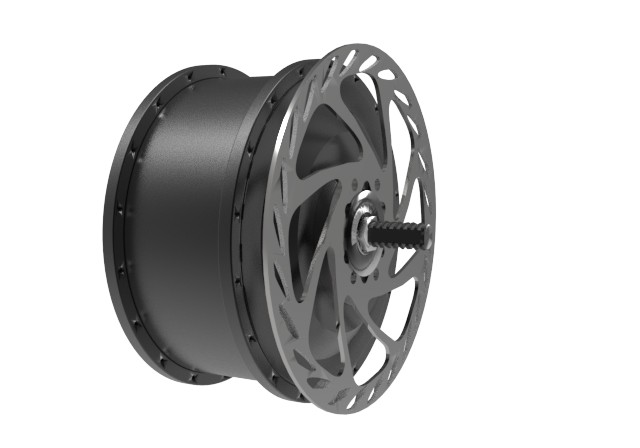
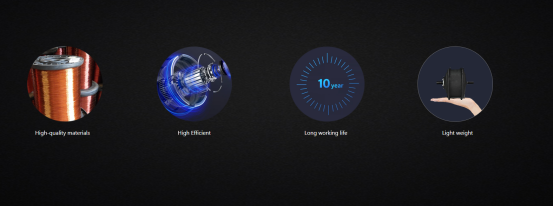
Overall, there is no absolute difference in superiority between hub motors and mid-drive motors. In general, hub motors are more cost-effective, but do not view a product as "low-end if it uses a hub motor" or "high-end if it uses a mid-drive motor." Selecting a motor system involves deep collaboration and tuning between the vehicle manufacturer and the motor system manufacturer.
The motor power is another important consideration, measured in watts, typically ranging from 250W to 750W in electric assist bicycles. The required motor power depends on factors such as the motor type and the design orientation of the electric assist bicycle, but higher power does not necessarily mean faster assistance.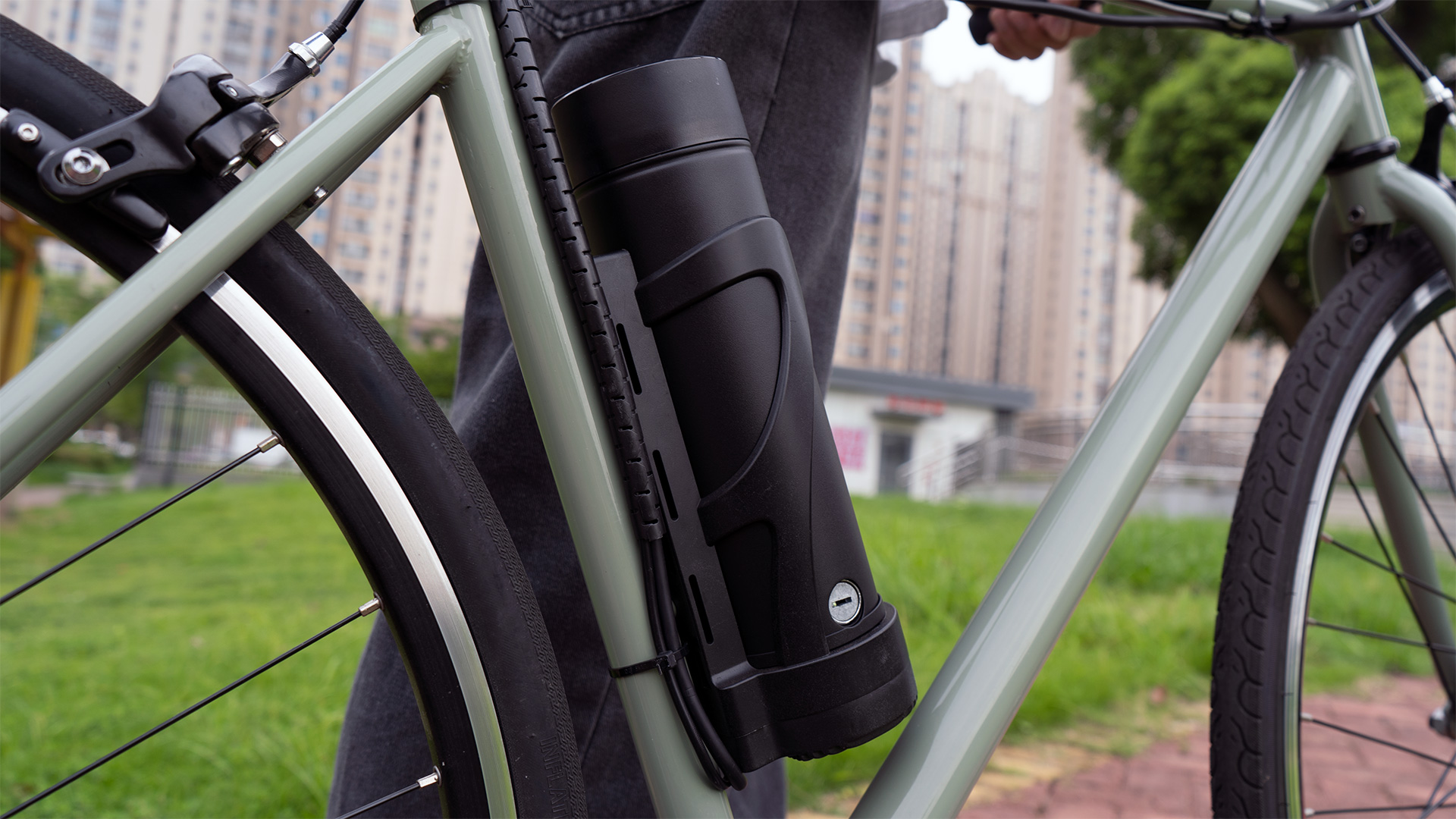
When discussing motor power, the common perception is that higher is better. However, for many electric assist bicycles, 250W is often more than sufficient. Higher power requires a larger battery, resulting in increased weight and cost. While this view is somewhat limiting, in general, 250W is adequate to provide enough assistance to riders. The essence of an electric assist bicycle is to make cycling easier without losing the joy of riding.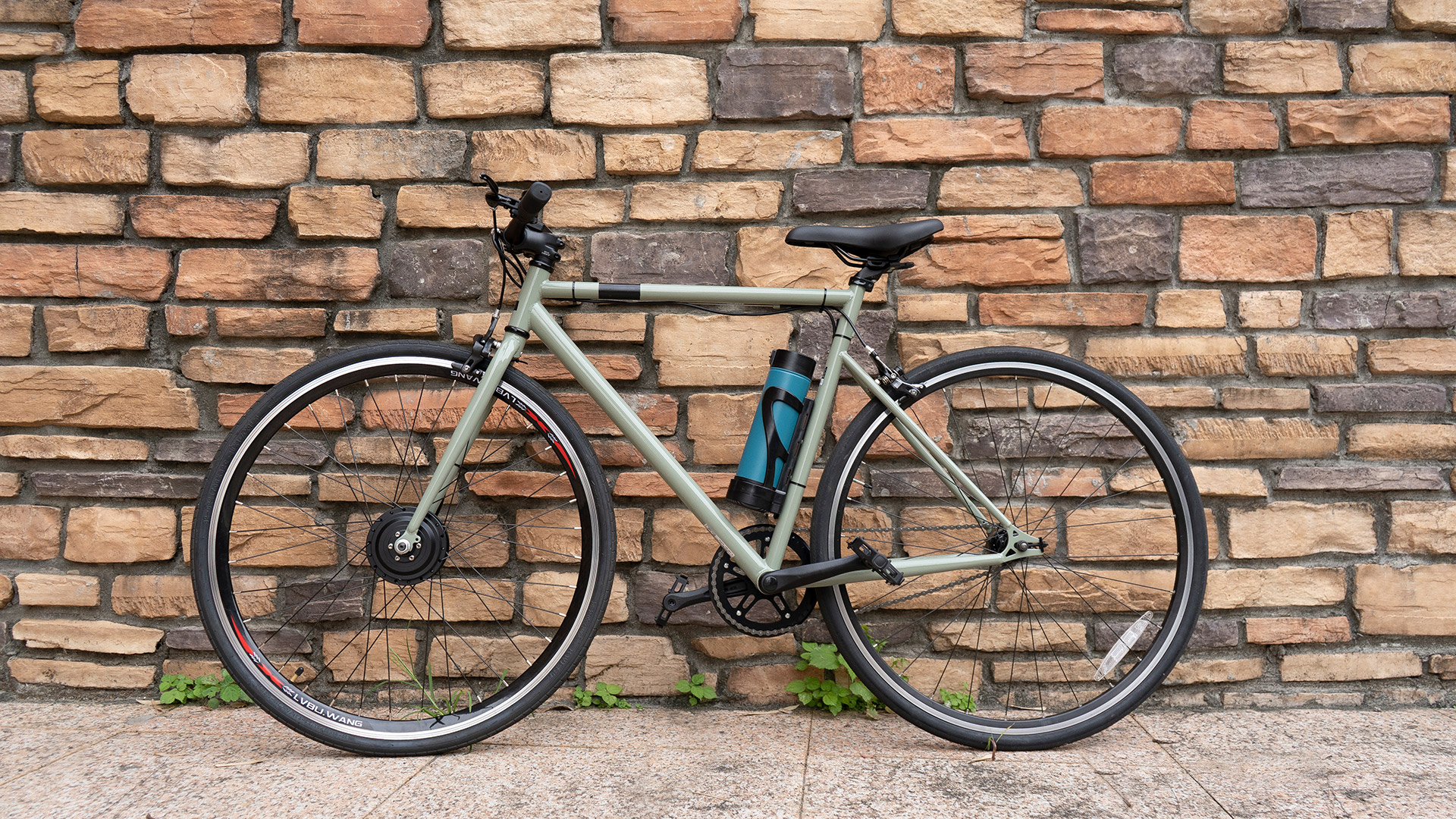
The battery accounts for the largest percentage of an electric assist bicycle's weight and is crucial for range. In analogy, battery capacity equals range. A larger capacity means longer range, but also entails more weight and volume. For commuting and urban electric assist bicycles, which often seek a balance between performance and lightweight design, battery capacities of 300Wh-500Wh are common and suitable, providing a range of around 70-90 kilometers.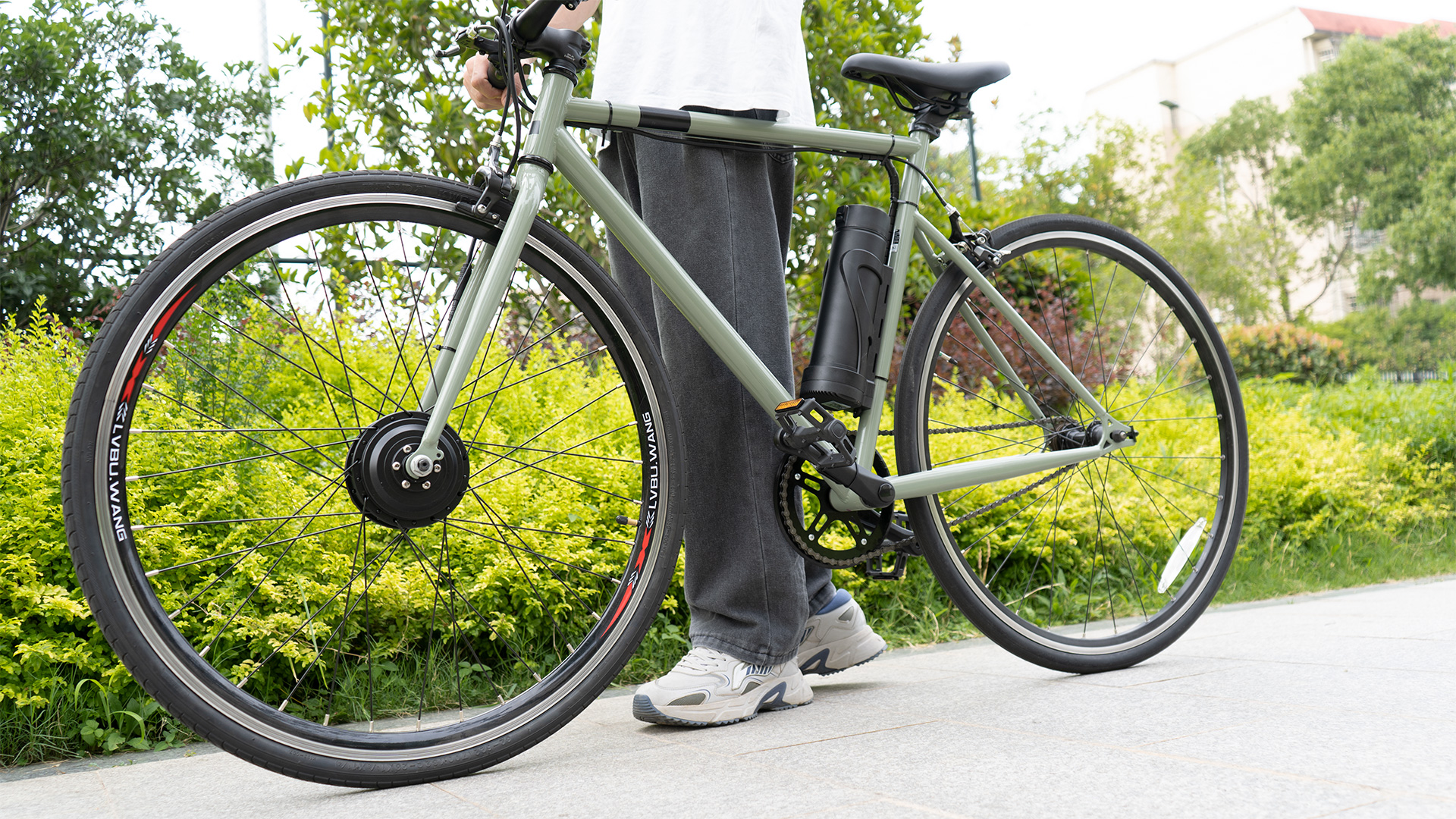
There are no rigid details to consider beyond these points; it mainly depends on individual needs. However, waterproofing is essential, especially in southern cities where commuting and rain often coincide. Waterproofing levels of the motor, battery, and charging port are crucial. Additionally, every electric assist bicycle should have a display panel, ranging from a large high-definition color screen similar to a smartphone to a simple small screen showing speed and battery level, depending on personal preferences and requirements. As for the overall weight of the bike, aiming for a lightweight design within the target budget is key. Generally, a weight below 20kg poses little pressure on most adults in terms of control and lifting.
- quora https://www.quora.com/profile/Lvbu-Tech/What-are-the-points-to-pay-attention-to-when-buying-an-electric-assisted-bicycle
- slideshare https://www.slideshare.net/slideshows/what-are-the-points-to-pay-attention-to-when-buying-an-electricassisted-bicycle/266430109
- linkedin https://www.linkedin.com/pulse/what-points-pay-attention-when-buying-electric-assisted-bzg1e/?published=t
- Reddit https://www.reddit.com/r/ebikes/comments/1awvdpf/what_are_the_points_to_pay_attention_to_when/?utm_source=share&utm_medium=web2x&context=3



